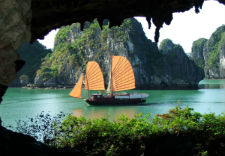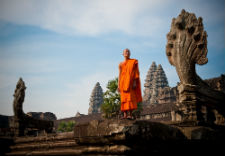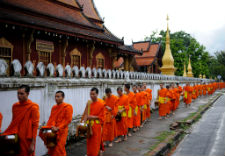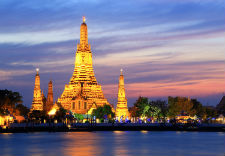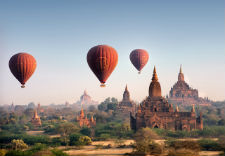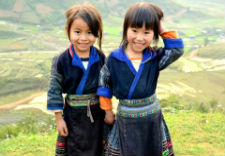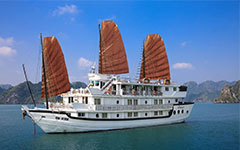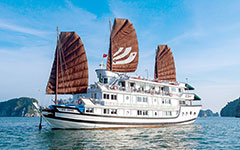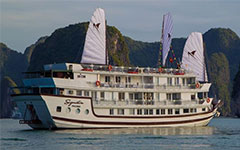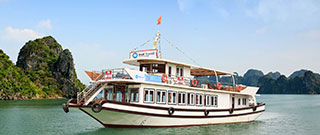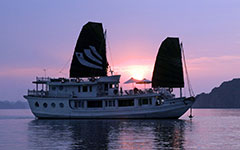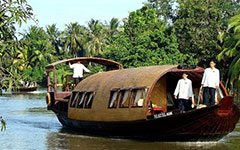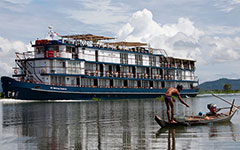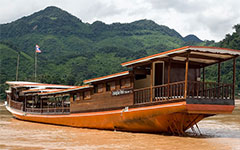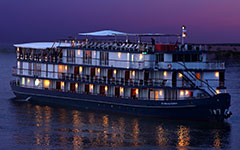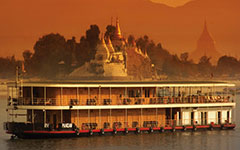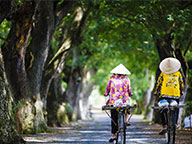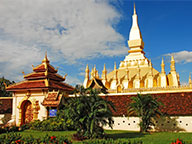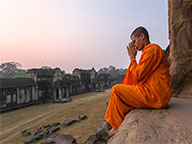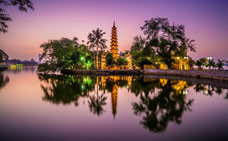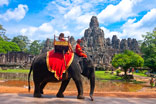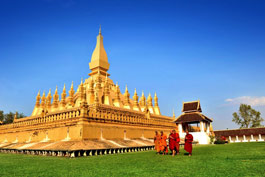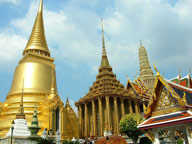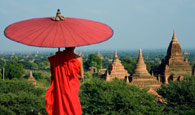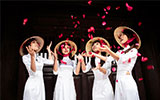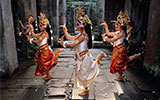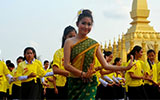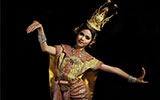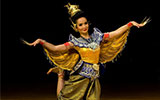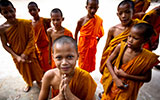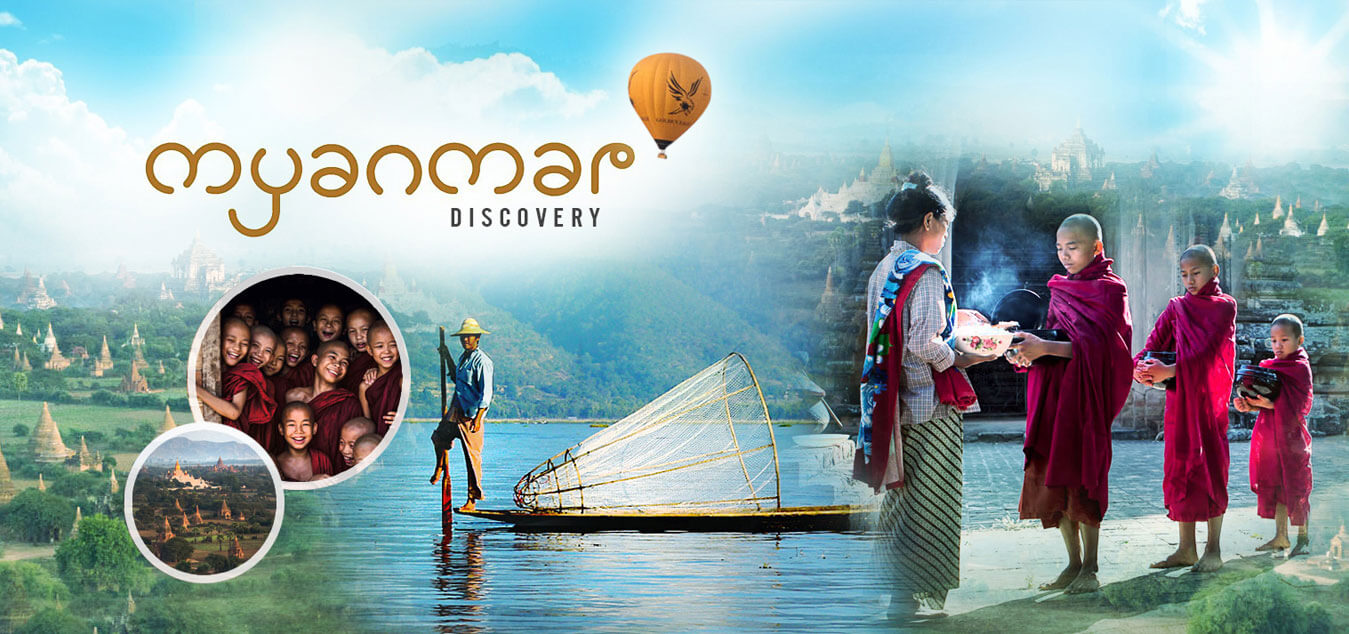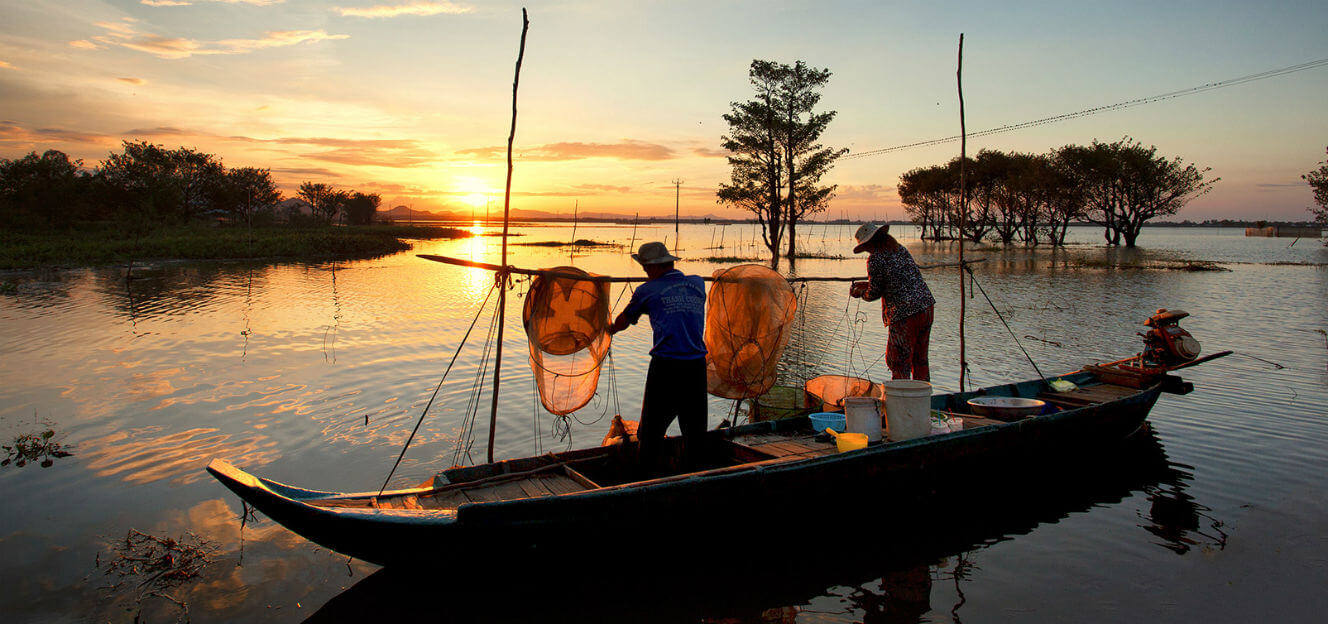Trekking in Sapa
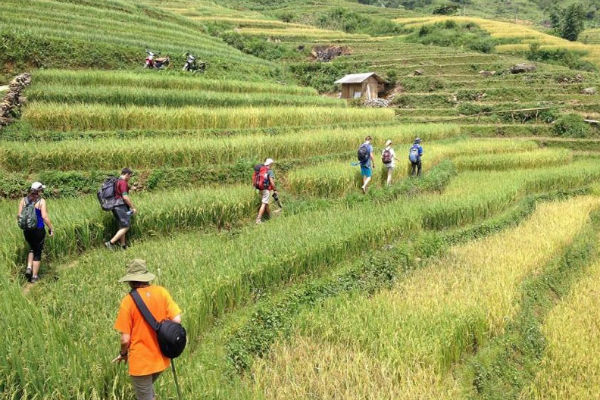
1. Preparation:
Knowledge: Trekking is a kind of adventurous experience to explore the cultural exchange of the ethnic minorities here . In order to have an impressive trekking then you should find out the information about the villages, customs, local rules, what to do and what should not do when visiting the villages.
Journey: You should have a tour map and should know the terrain of the destination in order to plan a suitable trip, calculate the distance of travel which is reasonable with human power. You should watch the weather forecasts for preparation options before going. You should have a visiting registration form if the trekking area is a border or protected area managed by an authorized agency.
Clothes: Because the trip is mainly on foot, you need to prepare neat, sweat and cool clothing. (One suggestion is: Clothes should have plenty of compartments and pockets to hold your necessary belongings)
Trekking shoes: You should prepare a pair of proper shoes, trekking shoes or sports shoes, this is a very necessary kit and it is determined whether the trip is comfortable or not (absolutely not use: high heels Shoes or new ones will be very uncomfortable). The material of shoes should be airy, cool, waterproof and fast drying.
Backpack: You will have to carry your luggage yourself during your trekking journey , so you must choose a good convenient one for yourself. And the backpack should have the foam waist belt which you will feel much more comfortable during the trekking
Food and drink: A trekking that consumes a lot of energy and the sweat causes you to dehydrate, so you need to prepare enough food and water bottle. Some foods to bring are bread, canned meat, sausage, snack (note : You can bring a few more candies to give to the children in the villages where you want to visit )
Medications: some first aid kit are necessary such asbandages, diarrhoea tablets, antiseptic, paracetamol, vitamin pills, plasters and Snicker candy (a very high energy candy)
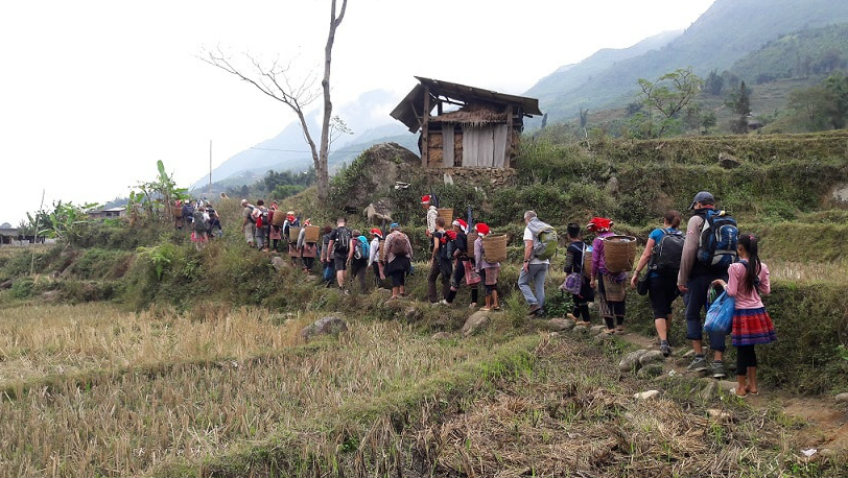
2. The taboo when visiting villages in Sapa:
When visiting the villages in Sapa such as Lao Chai - Ta Van, Cat Cat - Y Linh Ho, Ta Phin ... the inhabited Black H'mong, Dzao, you absolutely can not sit in the middle of the house. You should follow the local guide’s instruction, or follow the house owner.
When visiting the villages such as Lao Chai - Ta Van, Cat Cat - Y Linh Ho, Ta Phin ... If see the black Hmong, Red Dzao is worshiping their god or exorcism, you are not allowed to participate because they do not want any stranger . The identification for this case is a bunch of green leaves hung up in front of the gate or on the tree, or even on a high pole as a holy place where everyone can see that to avoid getting in)
When you meet any child in the village, absolutely do not touch their heads or kiss on children's heads because ethnic people think that the action will make children panic and get easily sick.
When visiting the village, there is a nice clean place that you think it could be a nice place for your short break and eating. It is probably a sacred place run by the whole of the village. And do not whistle when wandering around the village. They thought the whistling sound was the evil one.
Ethnic houses are often divided into different rooms, And the middle room is always a place of worship and guests are not allowed to sit there. The house usually has the largest pillar where ghosts stay, visitors do not hang clothes, and do not lean against that pillar.
When communicating with local people and you are invited by the host to drink or drink alcohol, if you do not want to drink it, you can refuse it. It is strictly prohibited to bowl down because only the priest can do to expel the evil. In addition, when talking with the house owner, you cannot point your finger forward, the H'mong think that your behavior is to express disdain the conversation.
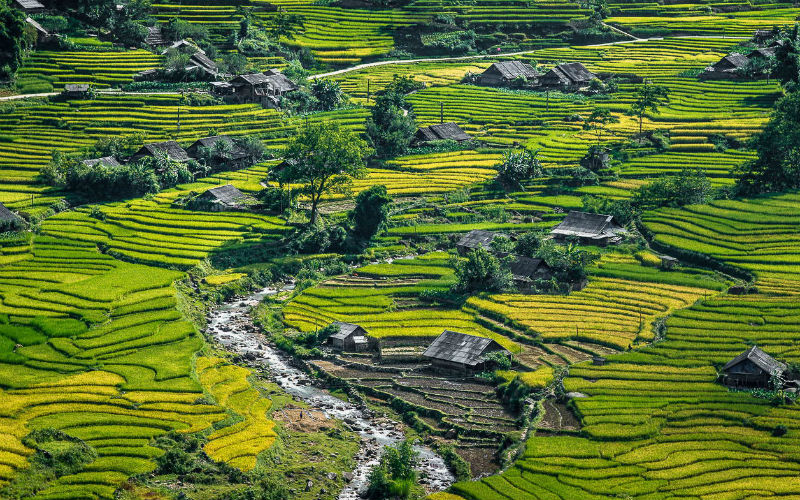
3. Some trekking routes in Sapa:
- Cat Cat - Linh Ho (ethnic group: H'mong)
- Lao Chai - Ta Van (ethnic group: Hmong & Dzay)
- Ta Phin - Ma Tra (Red Dao ethnic group)
- Leo Fansipan Peak (impressive nature)
